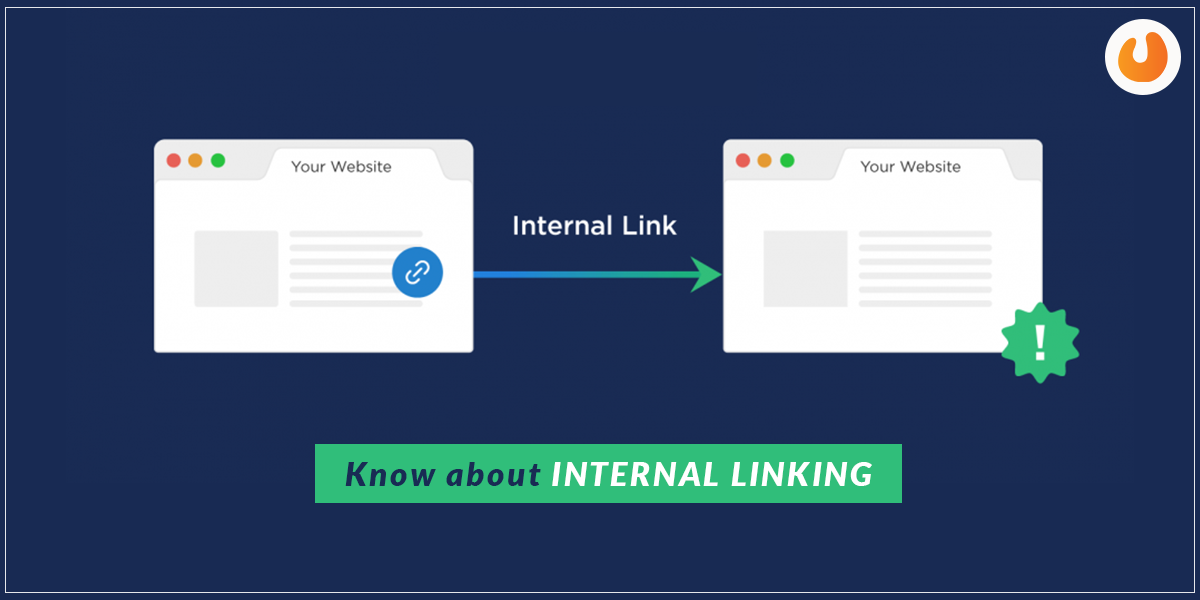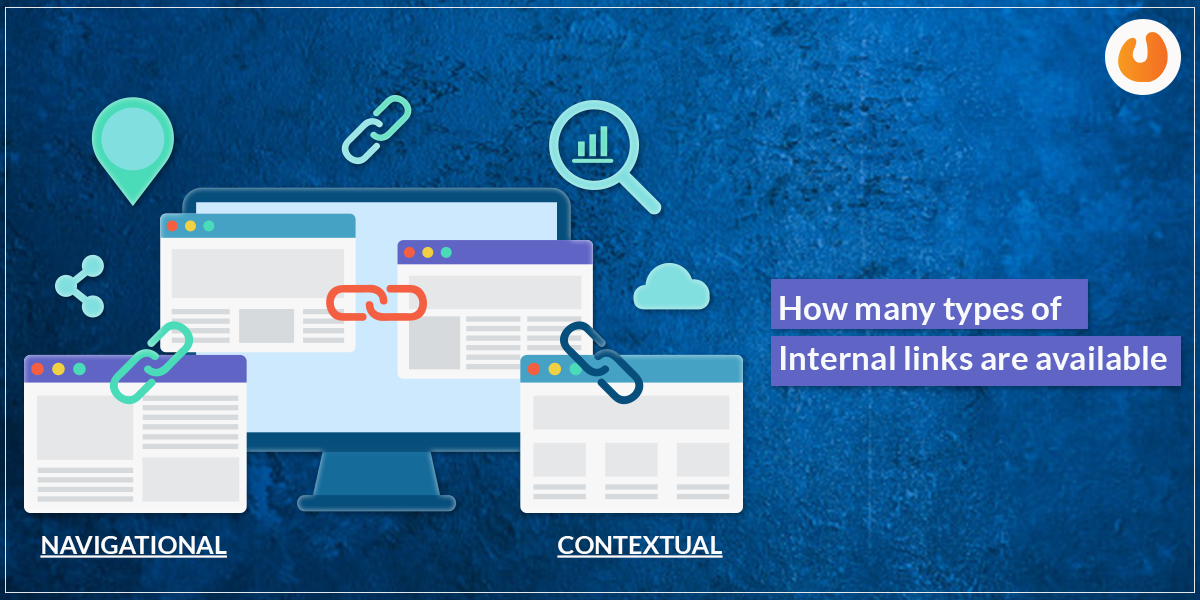

One of the perennial aspects of a website is SEO. The advent of the internet has changed the world dramatically. More and more people have pinned their reliance on the internet for almost every day tasks.
Online marketing has taken the digital world by storm. If you are into digital marketing or a digital marketer, you must have known how essential SEO is in generating profits for online businesses. SEO in itself is quite vast, but in this post, we will be discussing SEO internal linking in detail.
In clear senses, internal linking is the connection between two pages of the same website. People do internal linking to increase the traffic of different pages on their website. In other terms, internal links can also be termed as hyperlinks of a particular domain. These links are helpful to search engines as they help in navigating your website over the internet.

An important point to note about SEO internal is that although you may think adding many internal links is a good thing, but doing so will breakdown the objective of internal linking. Users will always want that the content is always relevant to them, and that is why the internal links in your content should be relatable and relevant to the subject of the post. For example, if the content is about KIA Motors, you must add internal linkings about KIA cars.- This will help people relate better with the content, and your website pages will get more views.
Internal links give Google access to track the content of your website on a regular basis. The links help in passing the authority between pages. It also helps in enhancing the enhancing brand awareness that ultimately boost the rank of your website.
Apart from this, internal linking also helps the user to find resounding and relevant content while checking out the entire site for a particular topic. Numbers suggest that around 13.6% of the domains contain reciprocal links in 2020. These domains direct the users from one page to the other.
There are two interlinks present, and there is no rocket science behind this fact. These two links are contextual and navigational links.
Navigational links help consumers land on the page they wish to quickly. These links are generally located in the footer, menu, and sidebars of websites.

Contextual links, on the other hand, are hidden in the actual post or content. These are blue and clickable links that appear in the middle of the text. You only have to click it, and you will be directed to another page.
Also, Read – 10 Essential SEO Ranking Factors You Should Be Knowing
Apart from the two links mentioned above, there is one other type of link called the external link. They are also known as backlinks or inbound links. With the help of an external link, you can link the content of any other website. There are some compelling numbers at the name of external links that suggest only 2.2% of the posts receive a link from other websites, and this process is quite an expensive one.
The links you use should be visible, and this goes without saying. The standard practice is by using different colors for your links, making them bold, or maybe underlining them.- This helps links to strike out, and the user can easily click it and visit your linked page.

Using an internal link for the betterment of your website is a must. A strategic approach will always be fruitful for your website, and it determines how relevant the pages are to a particular search. Below are some of the guidelines for using internal linking properly.
Time to wrap up: Internal linking is an easy to implement tactic in SEO strategy. With internal linking, you can gain more visits to your web pages, and at the same time, the users can get more relevant information. A good internal linking structure will help visitors find what they’re looking for and encourage them to last long on your website. I hope this guide must have helped you a lot in understanding the concept of SEO internal linking.
